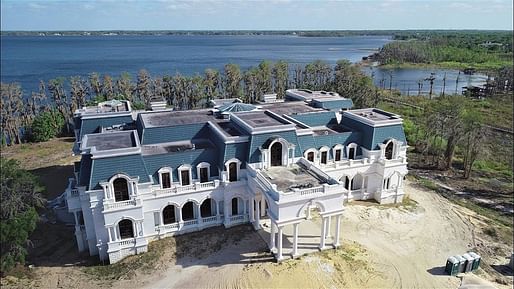

American homes are a lot bigger than they used to be. In 1973[...] the median size of a newly built house was just over 1,500 square feet; that figure reached nearly 2,500 square feet in 2015.
But according to a recent paper, Americans aren’t getting any happier with their ever bigger homes. “Despite a major upscaling of single-family houses since 1980,” writes Clément Bellet,[...], “house satisfaction has remained steady in American suburbs.”
— The Atlantic
For many homeowners in America, happiness is often incorrectly measured by how flatteringly the scale of one's home can be compared to those around them. Since the construction of Levittown and other post-war suburban developments, American homes have, on average, been built with incrementally larger footprints in a tireless search for the largest house on the block.
"To be clear," Joe Pinsker of The Atlantic writes, "having more space does generally lead to people saying they’re more pleased with their home. The problem is that the satisfaction often doesn’t last if even bigger homes pop up nearby."
And not only can happiness not be achieved through square footage, but these increasingly large homes also breed unhappiness through a variety of means. They contribute, for instance, to the increasing isolation of the families that occupy them - if a family can afford a large home with separate rooms, appliances and products for all its members, they are likely to have few interactions per day. Additionally, the difficulty of cleaning large homes versus their smaller counterparts, as well as the additional property taxes and cost of heating and cooling, are enough to make larger homes feel like an unwise investment.
No Comments
Block this user
Are you sure you want to block this user and hide all related comments throughout the site?
Archinect
This is your first comment on Archinect. Your comment will be visible once approved.